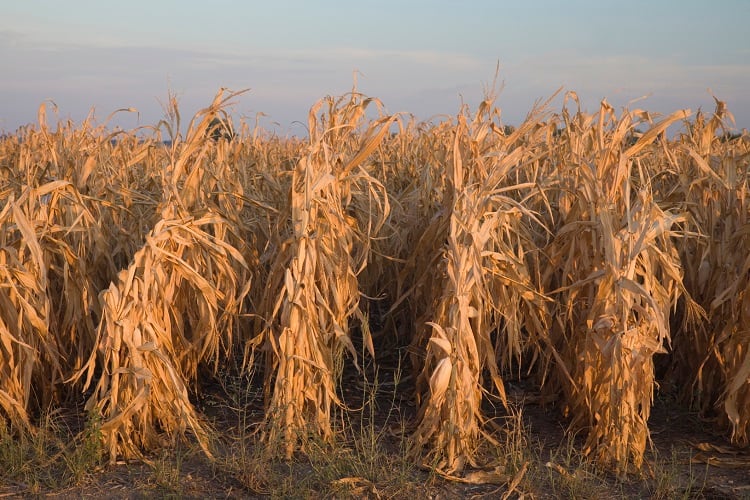Many crops, ranging from cocoa to potatoes, have been affected by changing climatic conditions.
The latest to suffer the consequences of the changing climate are strawberries. According to a study by the University of Waterloo, high temperatures caused by climate change are reducing strawberry yields significantly.
Why are strawberry yields decreasing?
Strawberry yields are decreasing, according to the study, because of anomalies in air temperature. Air temperature is not negligible and can affect nutrient uptake and photosynthesis in strawberry plants. When the temperature is too high, the developmental stages during flower formation can be inhibited, and fruit quality can be reduced.
Strawberries also require other key conditions, according to the study. They reach maturity quickly because of their shallow root systems, meaning that they need optimal light conditions for both good quality and high yields.
To maximise yield, strawberries also need good water management, and strawberry farmers often rely on controlled irrigation practices rather than natural precipitation. This means that strawberries are less influenced by fluctuations in rainfall than many other crops. High temperatures, on the other hand, can also affect water use efficiency.
The study looked at yields for strawberries grown in California, US, which is responsible for 20% of the world’s strawberry production.
The study found that different temperature anomalies could provoke different levels of yield loss. For example, yield loss was ‘highly probable’ if a temperature anomaly exceeded an increase of 3 °F (1.67 °C). In fact, the study found that an increase of this amount could reduce strawberry yields by up to 40%.
The authors suggested that, while the information revealed by the study could be useful for farmers, one must be careful extrapolating it out to strawberry production at large, as different growing regions have different characteristics.
Increasing strawberry shelf life
Strawberries have a notoriously low shelf life. Research last year, however, found that this shelf life can be increased through a film developed from low-density polyethylene (LDPE) combined with plant-derived essential oils and nanoparticles (AgNPs).
How can the information be put into practice?
The study suggested that, with knowledge of the importance of the interdependencies between crop yields and temperature fluctuations, stakeholders can implement targeted measures to reduce the yield losses resulting from temperature anomalies.
Heatflation
Commodity prices have been significantly affected by climate change, resulting from the impact of heat. Extreme heat can make plants more susceptible to spoilage, can reduce their nutritional value, and can even increase the likelihood that they fall prey to pests and disease. This impacts yields, putting up prices, in a process known as 'heatflation.'
Specifically, the study can be used to help develop an integrated probabilistic crop climate model, which will help to predict crop yields and, leading on from this, crop prices.
“This research shows how climate change can directly impact the foods we love, emphasising the importance of sustainable farming practices to maintain a stable food supply for everyone,” said Dr. Poornima Unnikrishnan, one of the researchers.
Sourced From: Sustainability
'Influence of Regional Temperature Anomalies on Strawberry Yield: A Study Using Multivariate Copula Analysis'
Published on: 23 April 2024
Doi: https://doi.org/10.3390/su16093523
Authors: P. Unnikrishnan, K. Ponnambalam, F. Karray




